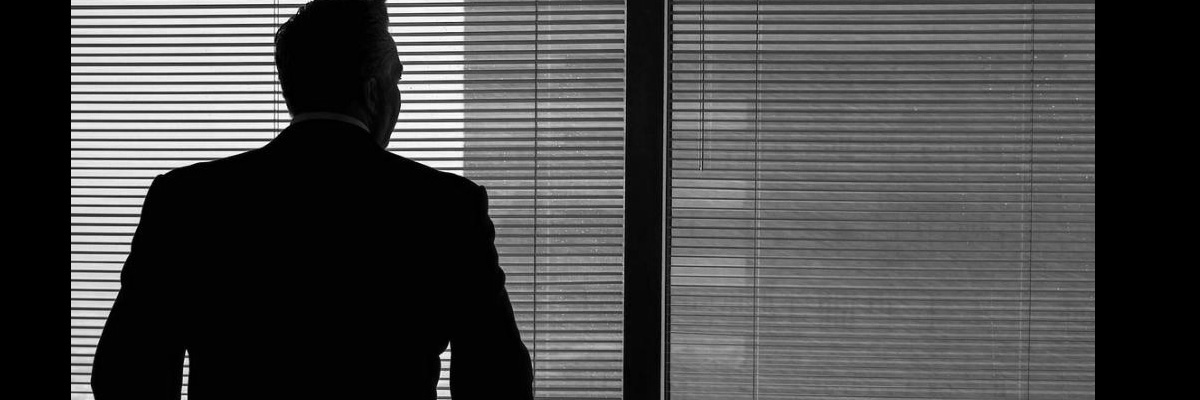A REVERSE MERGER WILL COST MUCH MORE THAN THE TRADITIONAL IPO
Time is money. A private company that goes public via a reverse merger instead of the traditional IPO will pay much more. If the public company is procured on a “cash and carry” basis, the prices paid currently for control of a public company which is reporting ranges from $200,000 to $400,000. Once the reverse merger is completed, the private company is required to file a “Super 8K” providing substantially all the same information about its business, and the financial statements, that would’ve been provided in an S-1 or an A+ offering document. Therefore, the costs of the traditional IPO are cannot be avoided. The exception is that, because the company is already trading with a symbol, and, hopefully it securities are already accepted by DTC, those costs ($25,000 to $40,000) can be avoided.
This is a price that the majority of private companies seem to be willing to pay. Whether it is the result of actual urgency in raising money, or perceived urgency, anecdotal evidence suggests that the majority of companiesgoing public.at this time choose the reverse merger route.
One of the reasons why private companies are willing to accept this financial penalty is that the timing of capital raising depends on opportunity of a currently willing and able capital source. For example, a private company may be in contact with an individual or group of persons which are ready at this moment in time to invest capital into the private company, were it to be public. That investor or group of investors may not be available at the time that the S-1 has been declared effective. Those investors are likely not to be prepared to take the risk of investing in a private placement in the private company now and taking the risk that an S-1 will not be completed in a timely fashion, or may not be completed at all.



